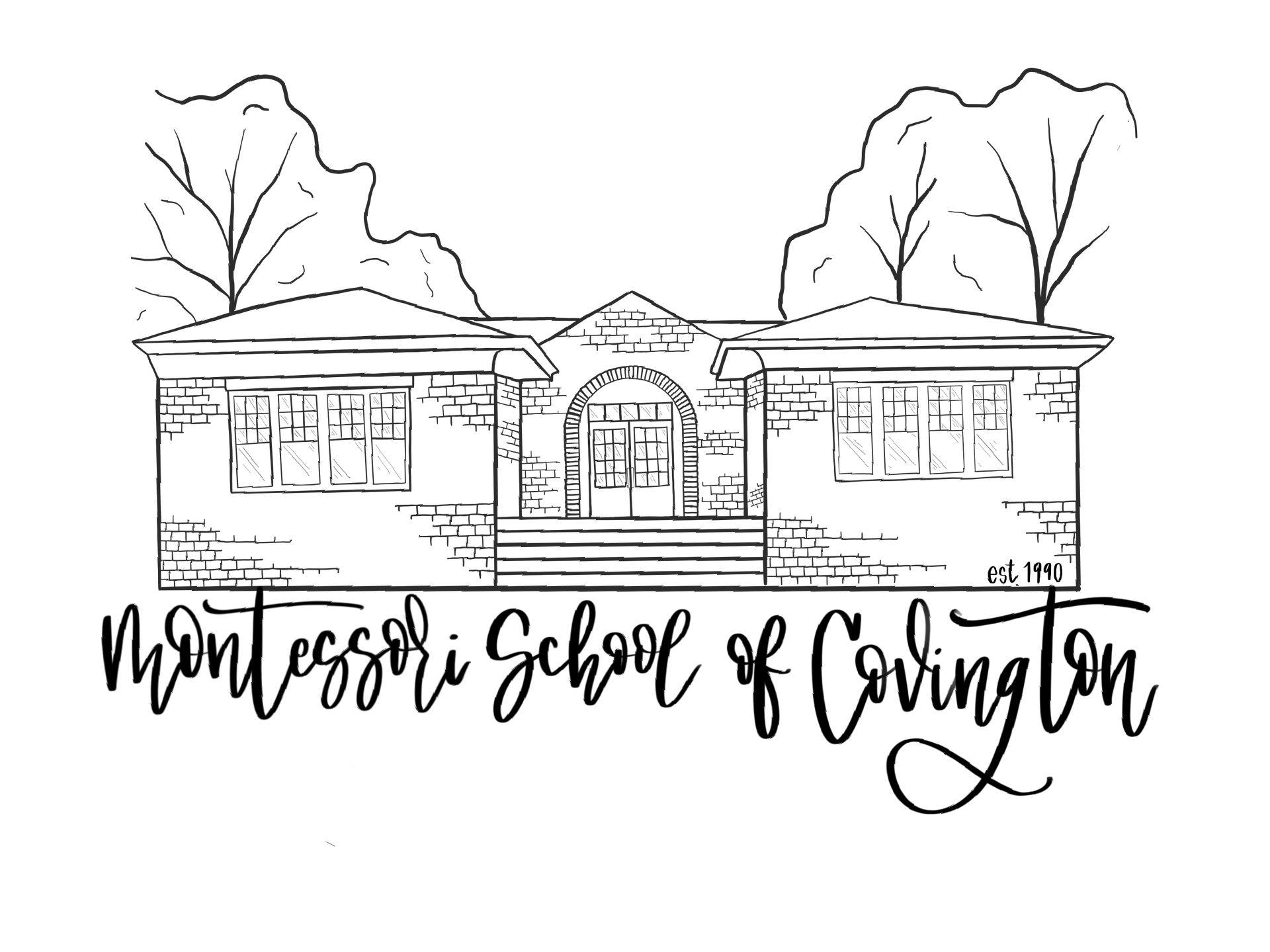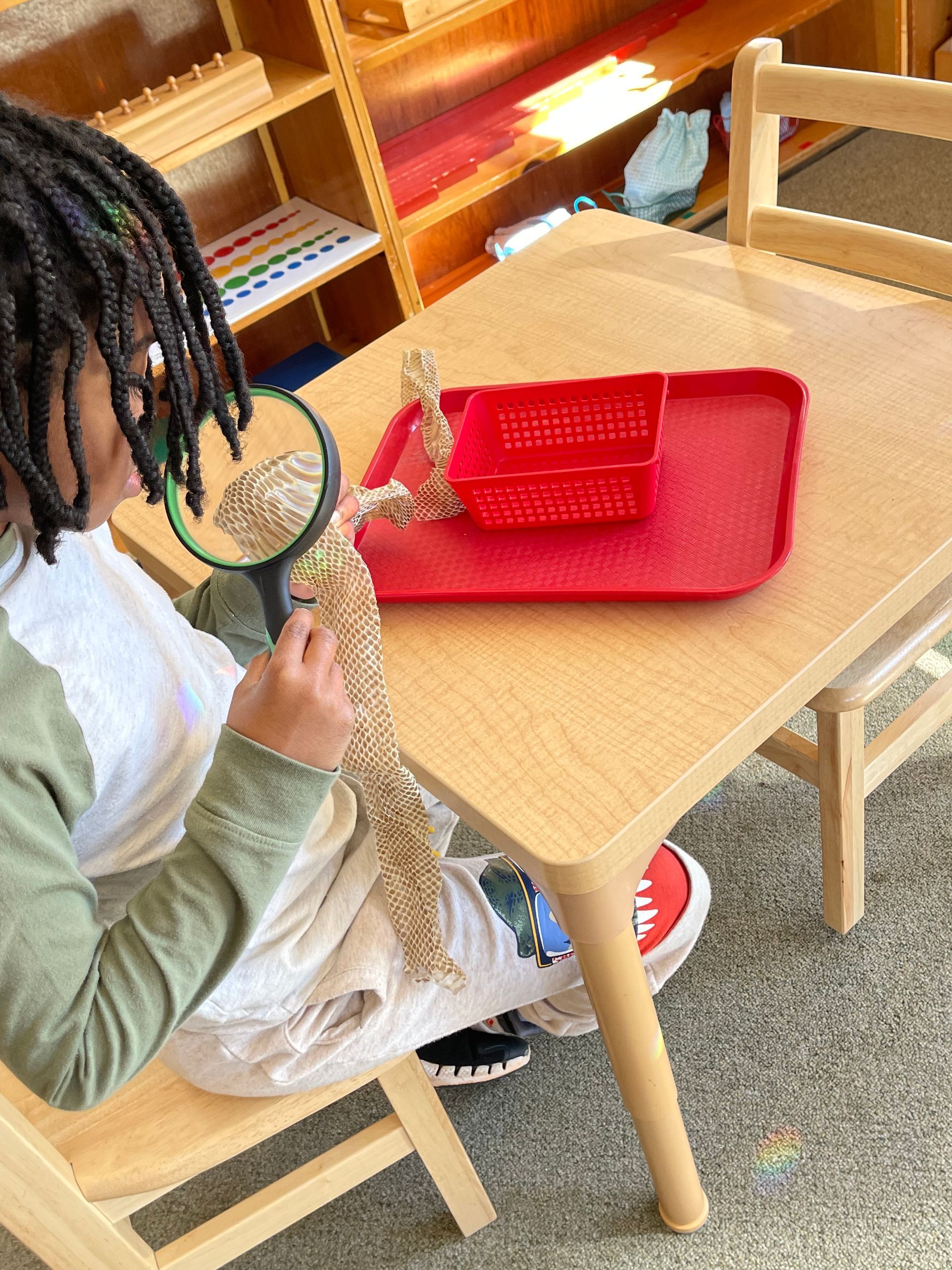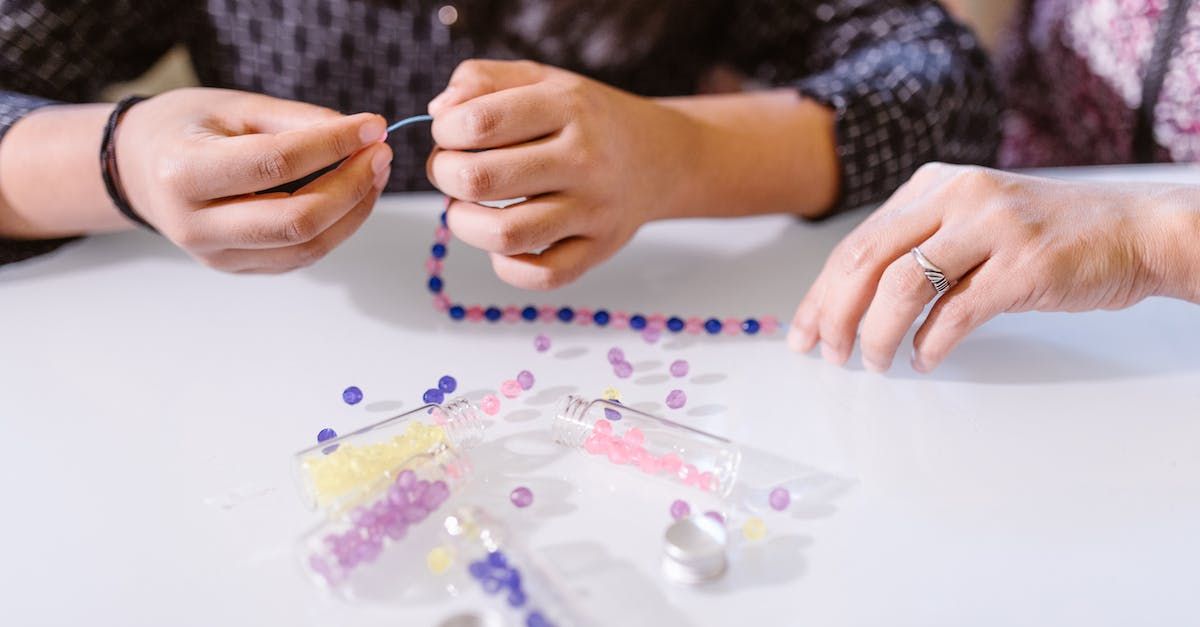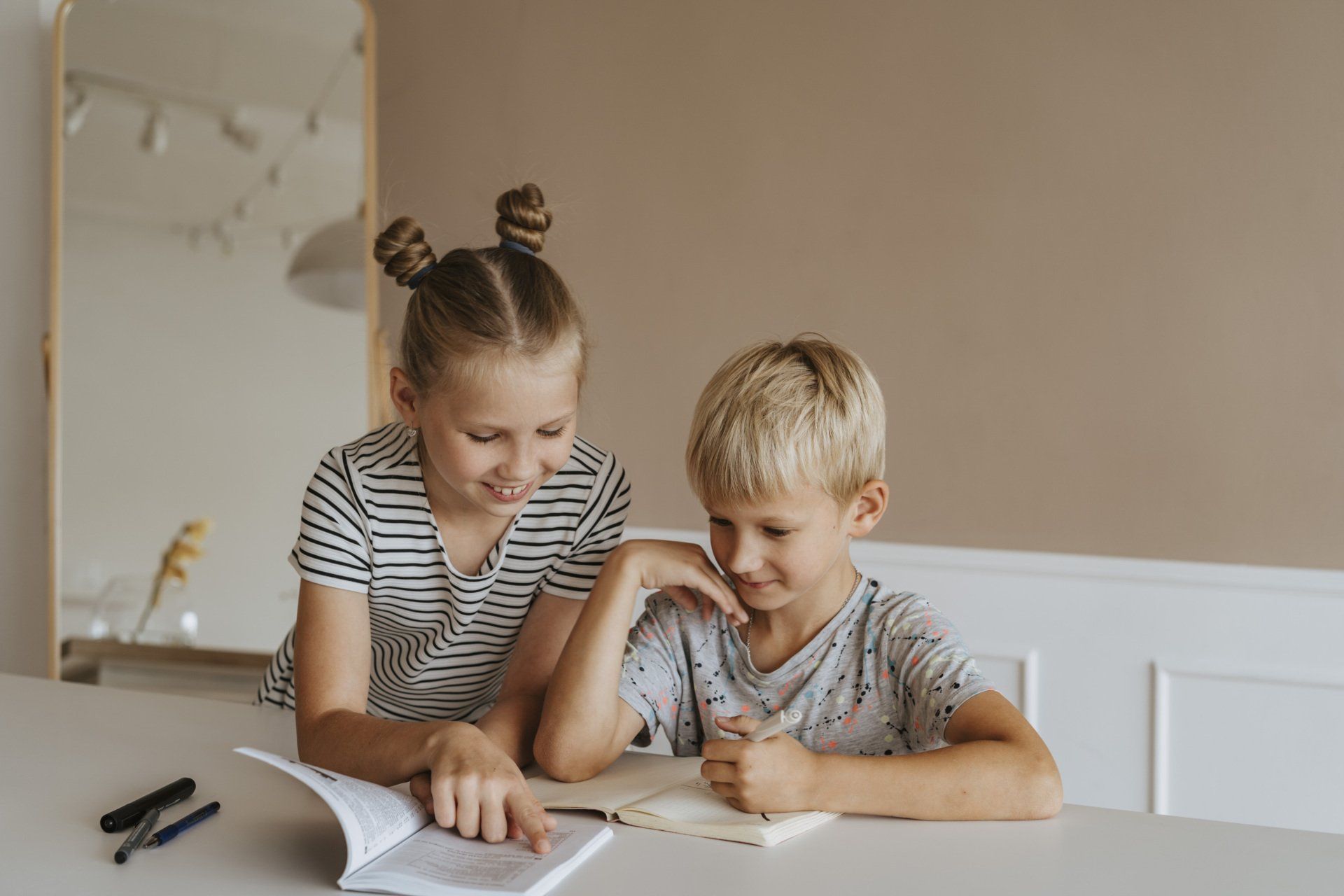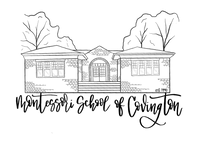PHONE
555-555-5555
ADDRESS
4108 Summers Street
Covington, GA 30014
“When a child is given a little leeway, he will at once shout,’I want to do it!’
But in our schools, which have an environment adapted to children’s needs,
they say, ‘Help me to do it alone.’”
—The Secret of Childhood—

“My child started MSC when she was three years old. [...] She left after 8th grade and was ready for not just high school , but for whatever the future holds.”

Slide title
“We strongly encourage other families to consider MSC and judge the school based on their child's happiness and practical use and understanding of the material that they are taught.”

Slide title
“I have seen an increase love for school from my son.”
a montessori mission
Montessori School of Covington knows success in life is more than good grades and perfect attendance!
While those are absolutely necessary (afterall, showing up is 90% of success!), we also focus on the ability to:
- think independently
- use self-discipline
- thrive socially and emotionally
- love learning
Find out more about the montessori process, how we enhance the school experience, and holistically work with each and every child on our
About page.
our programs
-
Lower Elementary
EXPLORE LOWER ELEMENTARY1st - 3rd Grade
Kindergartner graduates are ready for a more traditional classroom, with a more advanced curricula-based work-cycle.
-
Upper Elementary
EXPLORE UPPER ELEMENTARY4th - 6th grade
With an emphasis to slowly transition into a more traditional classroom setting, this mixed classroom creates a balance between hands-on and practical expectations.
-
Middle School
Explore Middle School7th - 8th grade
The last 2 years at MSC are spent learning material in preparation for high school! A large number of our graduates move through highschool better-prepared and expand their learning abilities into a college environment, post highschool graduation.

AN INCREASED LOVE FOR SCHOOL
I have seen an increased love for school from my son. His behavior is so calmed and he tells me he enjoys working at Montessori 😀. Great communication with office and teachers!
PARENT OF EARLY CHILDHOOD STUDENT

INDIVIDUALIZED LEARNING
Small classes.
Well developed curriculum.
Individualized learning.
PARENT

TEACHING CHILDREN TO LOVE LEARNING
Rather than being restricted to sitting in a desk doing worksheet after worksheet, these students were up choosing works and asking to learn more! This is a way of teaching children to love learning.
PARENT
Button
FOSTERED MY SENSE OF INDEPENDENCE
Montessori methods fostered my sense of independence, encouraged my natural creativity, and bolstered my confidence. I'm so glad my sons have an opportunity locally for the same kind of educational experience, particularly in their youngest years.
(PREVIOUS) STUDENT & PARENT
Button
PREPARED FOR COLLEGE AND LIFE
MSC molded a confident, independent student out of my child which has served him through college and life.
PARENT
Button
Why Choose Us?
We may be new to you, but we're not new to Covington, nor in practice! Montessori School of Covington aims to create a well-rounded graduate, full of confident independence, empowered thought and preparedness for life whether transitioning to elementary school, middle school, high school, college or beyond!
Montessori School of Covington is Covington's most-established school for Pre-K3 through 8th grade. We prepare students for life through intentional education with focuses on practical life, empowered thought and indpendence.
QUICK LINKS
CONTACT INFO
PHONE
ADDRESS
4108 Summers Street
Covington, GA 30014
© 2023 All Rights Reserved | Montessori School of Covington | This site is powered by Neon One
Creatively Curated for MSC by Handaliemade.
